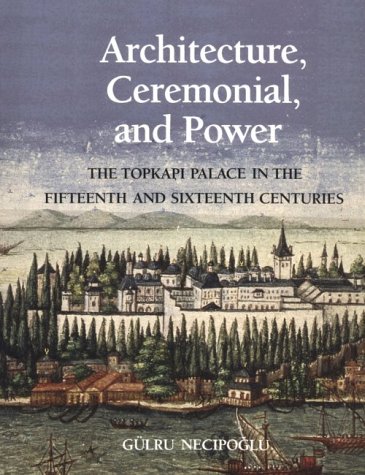Today the Topkapi Palace in Istanbul seems a haphazard aggregate of modest buildings no longer capable of conveying imperial power. Yet it is one of the most celebrated of all Islamic palaces. Gulru Necipoglu brings together largely unpublished sources, both written and visual, along with information derived from the architectural remains to uncover the processes through which the meaning of the palace was once produced. She relocates the Topkapi in its historical context, a context that included not only the circumstances of its patronage, but the complex interaction of cultural practices, ideologies, and social codes of recognition Necipoglu focuses on the imperial iconography of palatial forms that lack monumentality, axialaity, and rational-geometric planning principles to decipher codes of grandeur that are no longer obvious to the modern observer.
She reconstructs the architectural and ceremonial impact of the palace through a step-by-step tour of its buildings, demonstrating how the palace was experienced as a processional sequence of separate courts and seemingly disjointed architectural elements that were nevertheless integrated into a coherent whole by passage through time and space. In addition, the book raises questions and provides answers to fundamental concerns about the ideology of absolute sovereignty, the interplay between architecture and ritual, and the changing perceptions of a building through the centuries, a building that drew upon a wide range of palatine traditions, mythical, Islamic, Turco-Mongol, Romano-Byzantine and Italian Renaissance.
- ISBN10 0262140500
- ISBN13 9780262140508
- Publish Date 21 January 1992
- Publish Status Out of Print
- Out of Print 12 February 2010
- Publish Country US
- Publisher MIT Press Ltd
- Imprint MIT Press
- Format Hardcover
- Pages 356
- Language English
